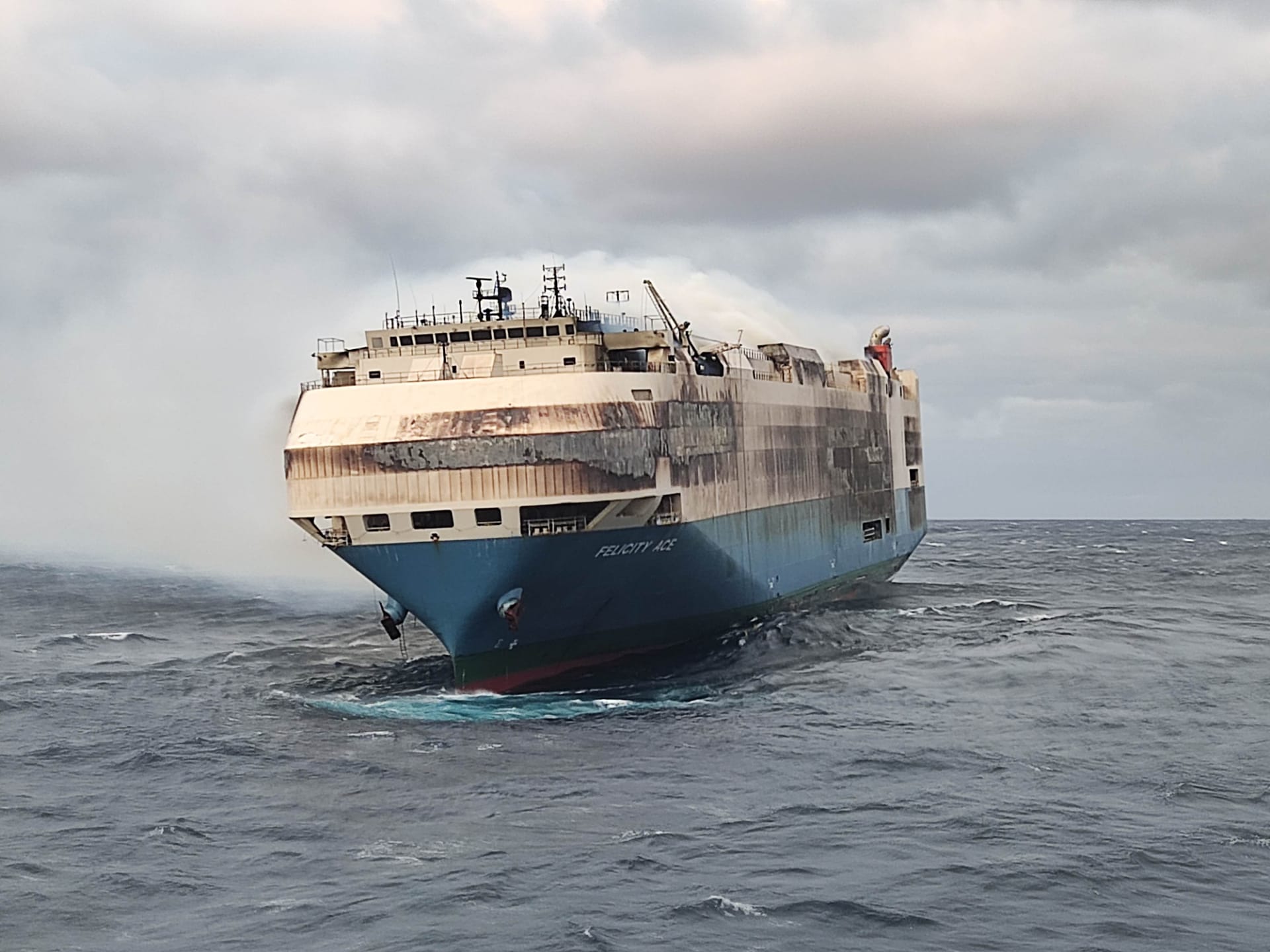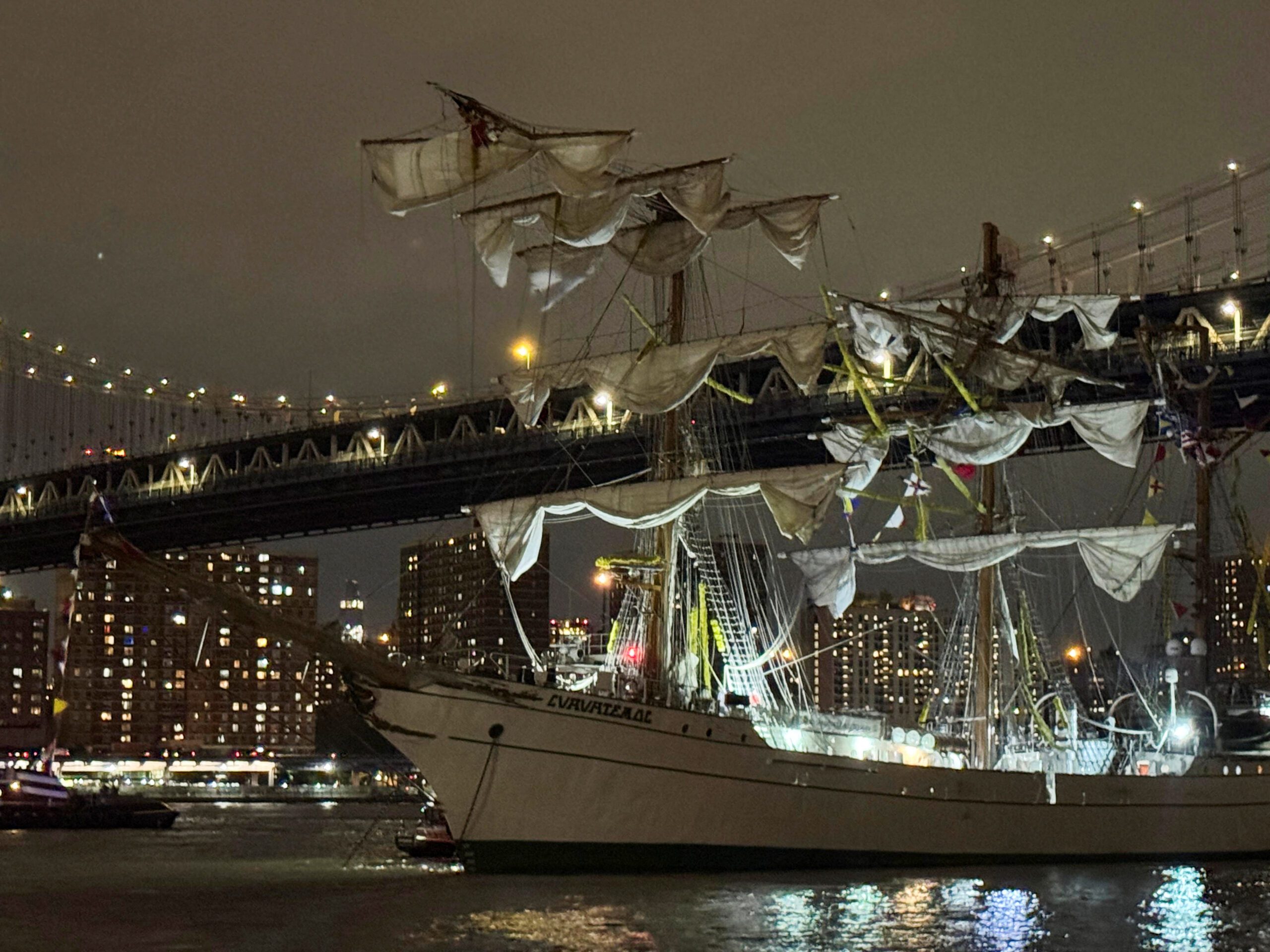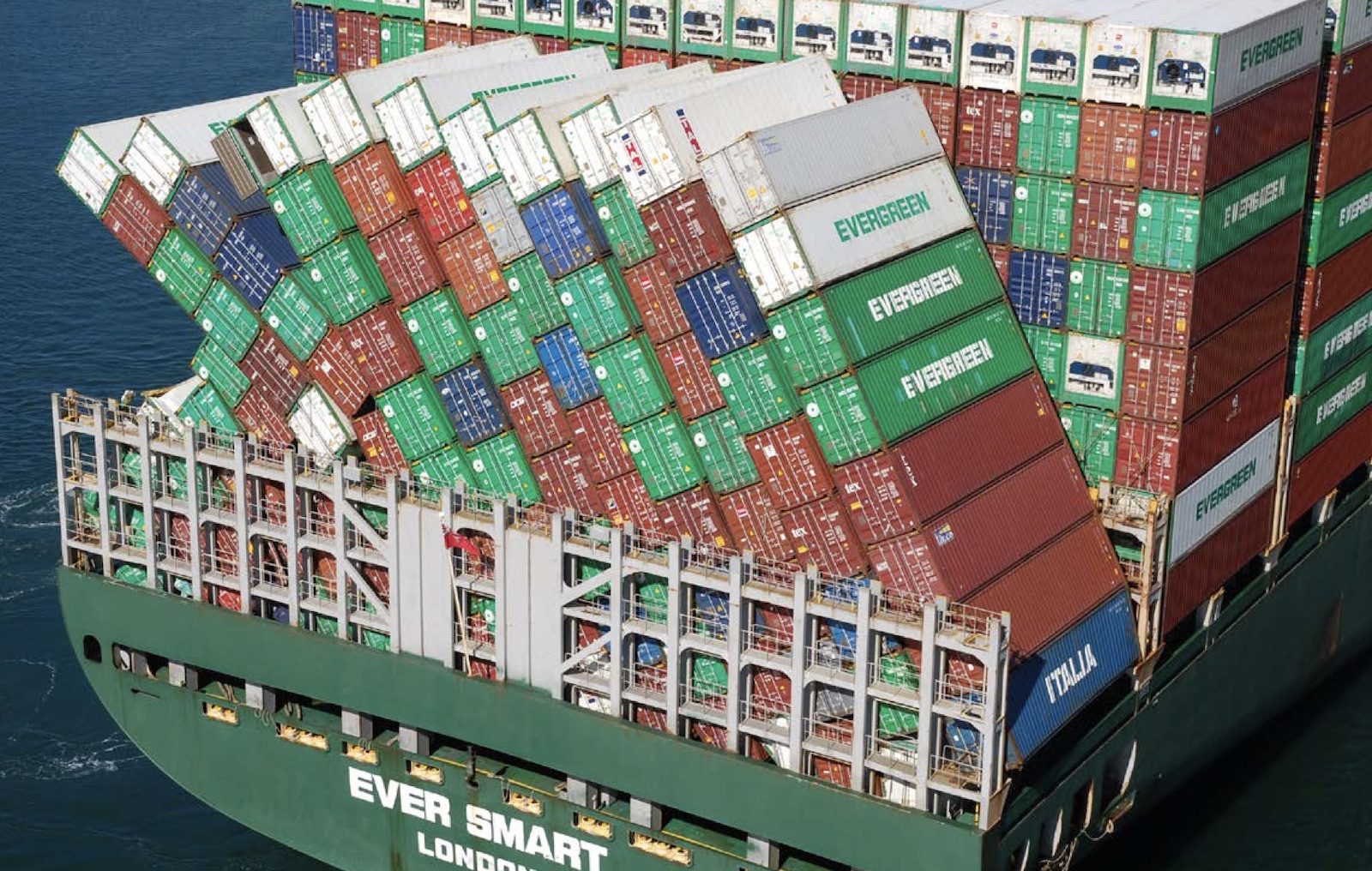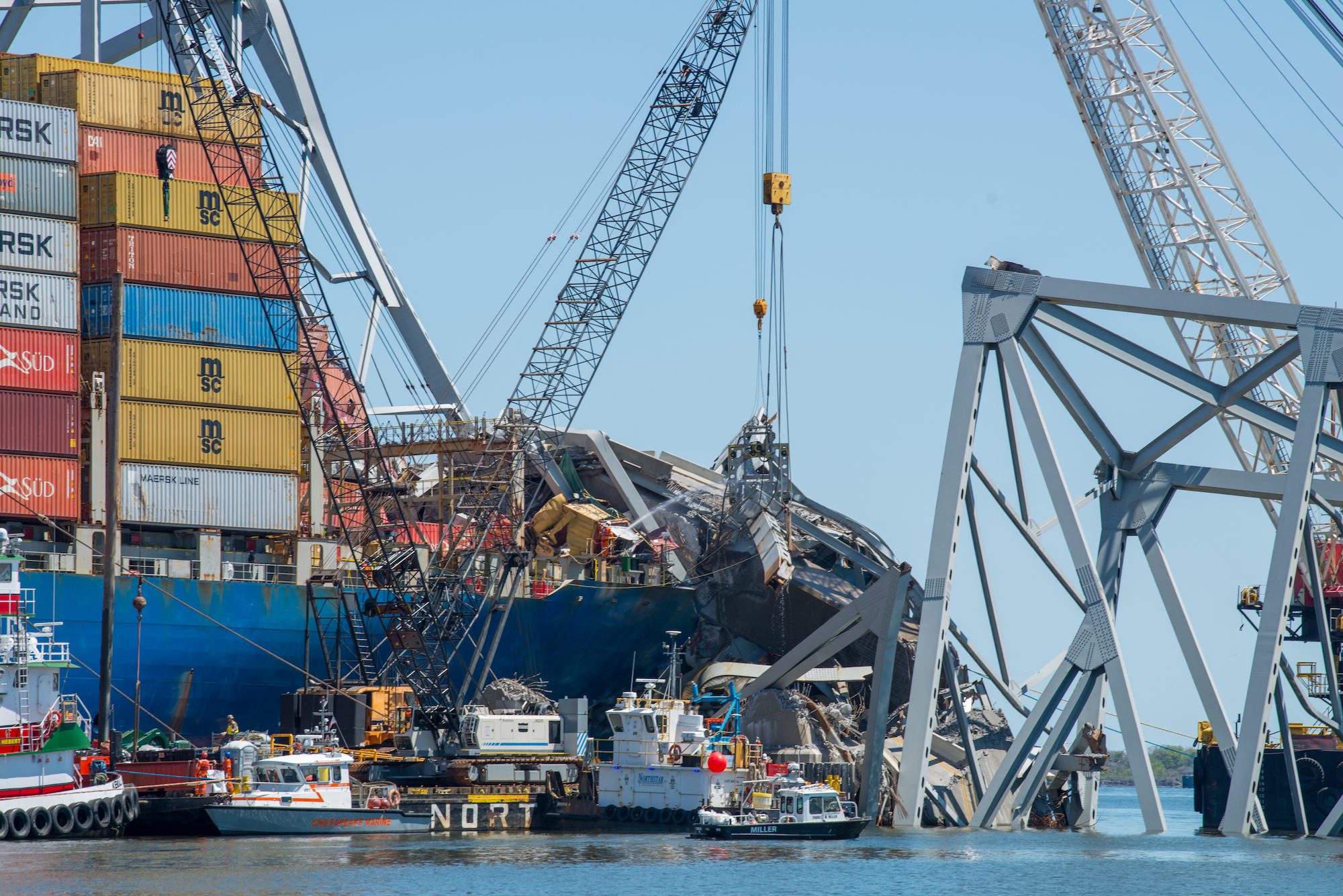Despite a broader long-term trend of safety improvements in the global shipping industry, a number of factors are leading to ever larger insurance claims for the industry, according to Allianz Global Corporate & Specialty (AGCS).
Fire and explosion is now the most expensive driver of claims activity, overtaking sinking and collision. Mis-declared or non-declaration of dangerous cargos is a common issue.
Of AGCS’ analysis of more than 240,000 industry claims over the past five years with an approximate value of 9.2 billion euros, fires accounted for 18% of the value of marine claims analyzed. The number of fires on board large vessels has increased significantly in recent years, with a string of incidents involving cargo fires and explosions, which are difficult to extinguish and can easily lead to the total loss of a vessel, tragic loss of life and environmental damage. AGCS also noted a recent trend of threat posed by Lithium-ion batteries in electric vehicles or cargo that is not stored, handled or transported correctly. Li-ion battery and electric vehicle fires burn more ferociously, can be difficult to extinguish, and are capable of spontaneously reigniting hours or even days after they have been put out,
“Shipping losses may have more than halved over the past decade (54? total losses at the end of 2021 ?compared to? 127? at ?the ?end of 2012, according to the AGCS Safety & Shipping Review 2022), but fires on board vessels remain among the biggest safety issues for the industry,” said Captain Rahul Khanna, Global Head of Marine Risk Consulting at AGCS. “The potential dangers that the transportation of lithium-ion batteries pose if they are not stored or handled correctly only add to these concerns, and we have already seen a number of incidents.”
Salvage and wreck removal costs have long been on the rise, but inflation is now compounding existing trends driving higher value claims, with higher prices for steel and spare parts and rising labor costs impacting hull repair and machinery breakdown claims.
“We see more high value goods being shipped by container, while the average cost of goods rises with inflation,” says Khanna. “It is not unusual to see one container valued at $50mn or more for high value cargos like pharmaceuticals. These high value cargos need additional risk mitigation measures, such as GPS trackers and sensors that provide real time monitoring on temperature, moisture shock, and light and door openings, for example. At the same time cargo interests need to keep a close eye on insured values. Clients may need to adjust their insurance and policy limits, or risk being underinsured – we have already seen claims for high value container cargos where the cargo interest was underinsured by as much as $20mn.”
Damaged goods, including cargo, is the most frequent cause of claims, with temperature variation, theft of cargo, and inadequate shipping containers flagged as areas of concern, according to AGCS.
The insurance market has paid some large temperature variation and fire claims involving pharmaceutical shipments, according to Régis Broudin, Global Head of Marine Claims at AGCS. “Cargo values have risen noticeably in the past year. We recently saw a truck fire loss involving a cargo valued at $73mn from just one transportation. This is a concerning trend for marine underwriters.”
Container shipping’s pandemic boom cycle has also affected cargo claims. A global shortage of shipping containers has resulted in substandard and damaged containers being bought back into use. A deterioration in the economic environment and the higher cost of living could have implications for future theft and civil unrest claims, according to AGCS.
“We have always seen cargo losses from defective containers, for example caused by ingress of water. But if we see a lot of substandard containers being brought back into use, the result could be a higher frequency of losses coming through in future months,” says Captain Nitin Chopra, Senior Marine Risk Consultant at AGCS.
Recent years have highlighted large supply chain disruption exposures in the shipping industry, with a number of maritime incidents, natural catastrophes, cyber-attacks and the Covid-19 pandemic causing major delays to shipping and ports. Further disruption has also been caused by congestion, labor shortages and constrained container capacity.
“The trend for larger ships is also helping increase supply chain exposures,” says Chopra. “Larger vessels, while more efficient, require port infrastructure and logistical support that is more complex and specialist than traditional shipping. There are also greater concentrations of cargo risk on board large container vessels and in major ports, so any incident has the potential to simultaneously affect large volumes of cargo and companies. Ports are also increasingly reliant on technology, where an outage or cyber-attack could effectively close a port. Commercial pressures are already a contributing factor in many losses that resulted from poor decision-making. The pressure on vessels and crew is currently very high. The reality is that some may be tempted to ignore issues or take shortcuts, which could result in future losses.”
“Risk managers must take these factors into account and take a more risk managed approach to the shipping aspect of supply chains,” explains Broudin. “In the past, companies have not paid enough attention to cargo risks and exposure accumulation. Companies need to start treating cargo risks more like property assets, tracking and monitoring exposures, and taking a more proactive approach to protecting them.”
According to AGCS, climate change will increasingly impact marine insurance claims, with more extreme weather events and new exposures linked to the transition to net-zero.
Natural catastrophes were already the fifth biggest cause of marine insurance claims by both frequency and severity for the five-year period ending December 2021, according to AGCS’ analysis. Extreme weather and natural hazards have contributed to a number of large losses in the past, with the loss of vessels and damage to cargos – extreme weather was a contributing factor in at least 25% of the total vessel losses reported in 2021 alone. Weather has also been a factor in a recent increase in the number of containers lost at sea.
Meanwhile, efforts to decarbonize the shipping industry will also impact marine claims going forward. AGCS notes that a key risk factor in the transition will be the adoption of alternative fuels, which could include liquefied natural gas, green hydrogen and methanol, as well as electric- and wind-powered assisted vessels. The introduction of new technology and working practices can, however, result in new risks or unexpected consequences.
Machinery breakdown is already a significant source of marine insurance claims, being the fourth largest cause by frequency and value over the past five years. The insurance industry has already seen a number of machinery breakdown and contaminated fuel claims related to the introduction of low sulfur fuel oil under IMO 2020, which was introduced to cut sulfur oxide emissions, as marine fuels and bunkering become more complex.

 Join The Club
Join The Club











